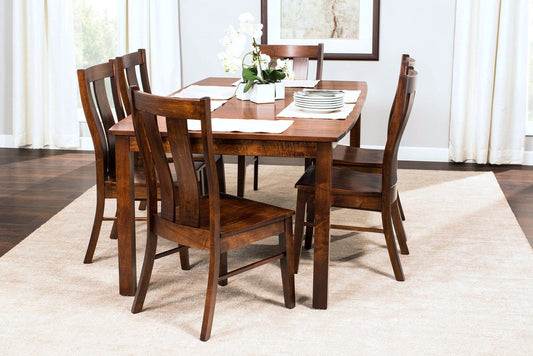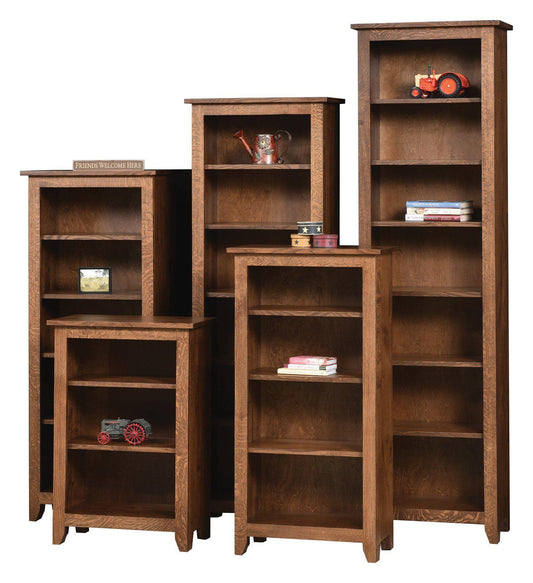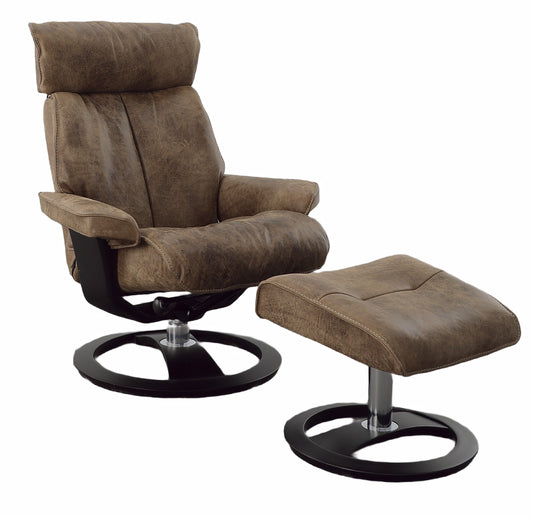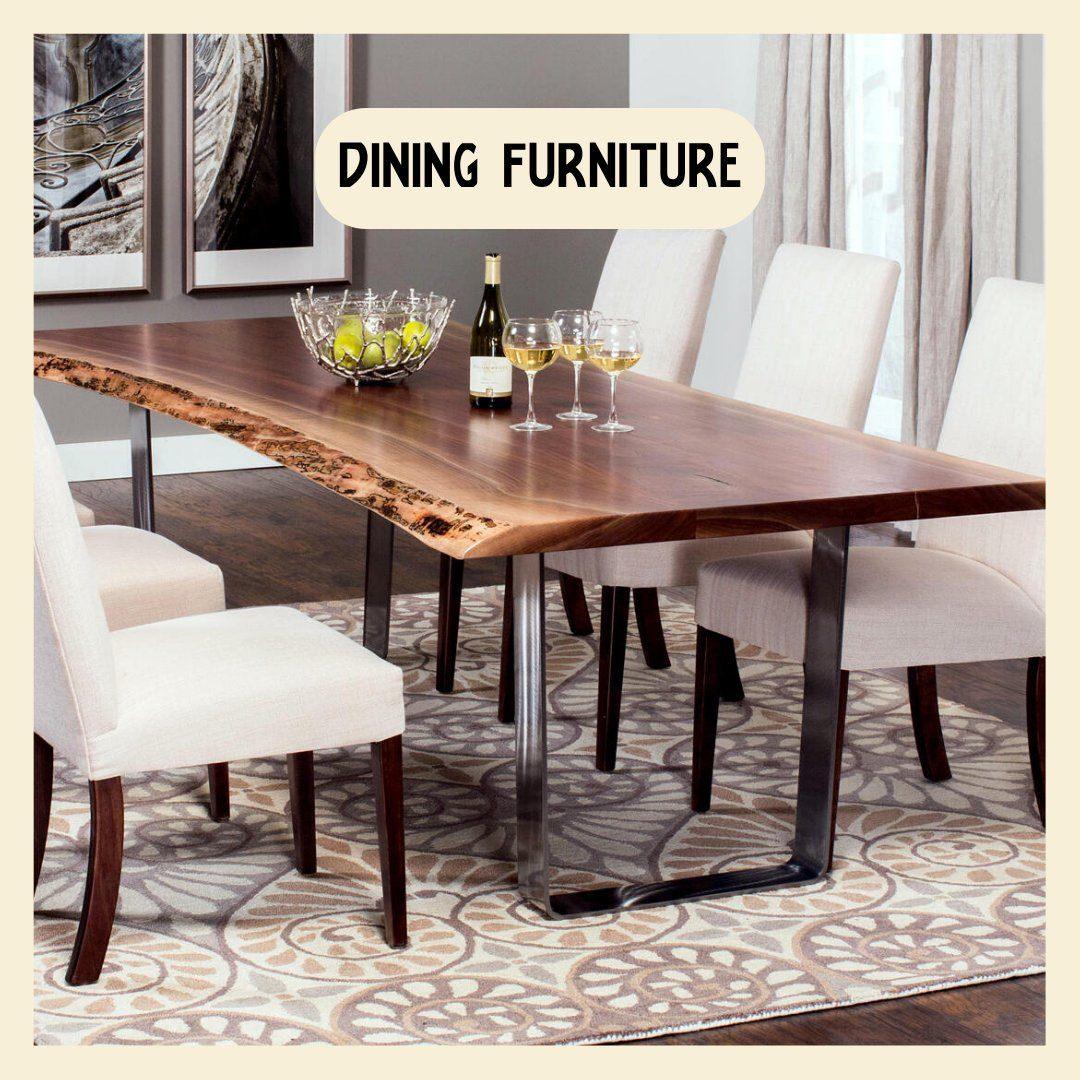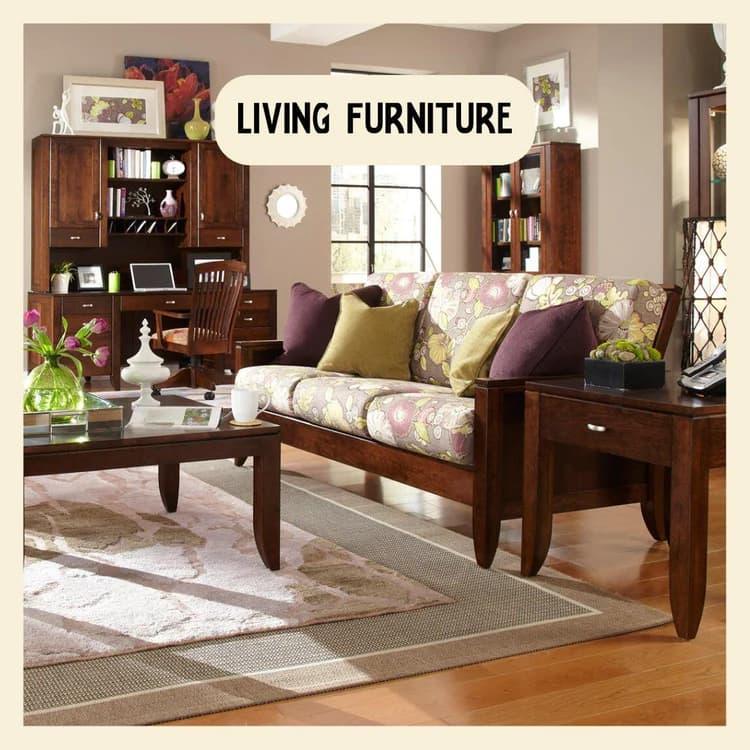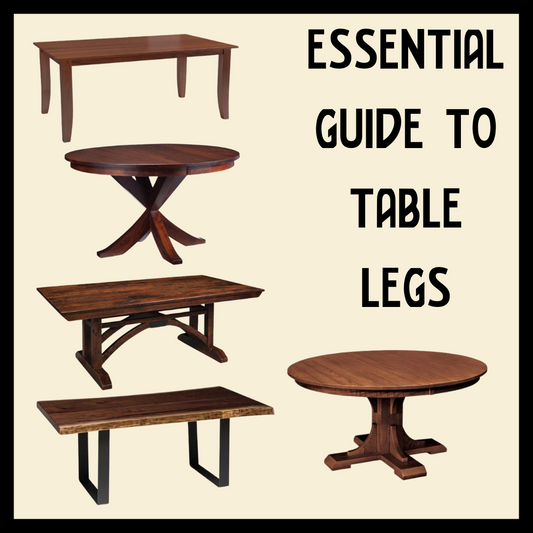The Japanese Influence on Mission Style
An appreciation for fine craftsmanship brought the simplicity of Japanese-inspired design to the forefront of the American Arts and Crafts Movement.
Redwood Yoshiko Tile by Motawi Tileworks
The Japanese influence on Mission style has remained popular from the moment Japanism - a craze for all things Japanese - entered the scene in the 1800s. It continued with Gustav Stickley and Frank Lloyd Wright’s Japanese-inspired designs and shows no signs of going out of style any time soon.
According to the Shinto belief system, which is indigenous to Japan, materials should be treated with care, craftsmanship and most cherished in their natural form. Early Arts and Crafts practitioners embraced these ideals and admired the principles thought to be derived from a culture free of depravities of modern industrialism.
Balance, geometry, modularity and simplicity. Let’s take a look at how these Japanese design principles became such an important element of the popular Mission style pieces still being made to this day.
What is Mission Style?
Where the term originated is up for debate. Some believe it is related to the philosophy of the Arts and Crafts Movement - furniture needing to be functional and serve a specific “mission.” Others say it was named as such because its designs were found in Franciscan missions in the state of California. Joseph McHugh, a New England furniture craftsman, reportedly coined the term after finding design inspiration from a chair in a San Francisco church, which, as you probably guessed, was a mission church.
Gustav Stickley called it “Craftsman”. Other makers referred to it by the name of their furniture lines. But don’t get too caught up in the words. Mission, Craftsman and Arts & Crafts terminology is often interchangeable. Here are some of the Mission style’s most recognizable traits:
- Rectangular shapes
- 90-degree angles
- Straight vertical and horizontal lines
- Durable construction with joints often exposed
- Traditionally made with oak (often quarter sawn) but cherry and maple are becoming more commonly used
The Japanese Influence
Gustav Stickley’s name is synonymous with the furniture design of the American Arts and Crafts Movement and Mission or Craftsman style furniture. His pieces were influenced by Medieval and Shaker furniture styles as well as Japanese design. Quality craftsmanship, richness of colors, pleasing proportions and enhancing wood grains were the cornerstones of his work.
But what does it mean to be influenced by Japanese design?
According to Edward Morse’s book Japanese Homes and Their Surroundings, a book famed architect Charles Greene owned, the Japanese style is “simple without being crude. Austere without being severe. Refinement that gives spiritual joy.” Can you feel yourself saying one of those phrases when looking at a piece of Craftsman or Mission style furniture?
The Japanese influence can be seen, and felt, in its simplicity and by incorporating themes from nature. Shibusa, or shibui in its adjectival form, is an important concept in Japanese aesthetics. While not easily translated, it has been described as a calm understatement, a quiet and sober refinement, severe exquisiteness and interesting beauty.
At Modern Bungalow, we carry a number of items that incorporate this Japanese aesthetic. Here are a few to get you started.
Ginkgo Motif:
- The Ginkgo biloba tree is native China but was brought to Japan by Chinese monks who planted it in temple gardens. The hardy tree symbolizes peace, hope and vitality as well as longevity (4 ginkgo trees survived the blast at Hiroshima and are still living today).
- The Ginkgo motif can be found in products ranging from tiles to stained glass to rugs and fabric
Woodblock Prints:
- To create a woodblock print, an image is carved in reverse on a piece of wood. The outline of the print is then inked and printed on either paper or fabric.
- Woodblock prints by Leon Loughridge
- Woodblock prints by Laura Wilder
Lighting:
Furniture:
- The Naomi bedroom furniture collection - hints at lines one would find in a Japanese torii gate that marks a transition from the mundane to the sacred.
Frank Lloyd Wright’s Contribution
Frank Lloyd Wright offered up only three influences in his lifetime. First, the Froebel Kindergarten gifts he played with as a child. Second, his early mentor Louis Henri Sullivan. And third, Japanese woodblock print. He was so enamored and inspired by this iconic form of Japanese art that he had at least 6,000 of them in his own collection at the time of his death in 1959.
“The print,” he once said, “is more autobiographical than may be imagined. If Japanese prints were to be deducted from my education, I don’t know what direction the whole might have taken.”
There is no denying woodblock prints were the main influence over his architecture. These prints effectively broke free of the conventional two-dimensional picture frame by not having a clear delineation between the art and its surrounding frame. His designs were similar in that they did away with the conventional architectural “box.”
For example, Wright’s art glass windows often had patterns installed over the glass in an effort to blur the hard line between internal and external space. By incorporating themes from nature, a cornerstone of Japanese design, Wright found ways to create continuity between buildings and nature.
An example of organic wholeness (Rookery Building, Chicago)

Wright also described Japan as “the most romantic, artistic, nature-inspired country on earth.” It is no wonder that Japanese-influenced style made its way into many of his architectural masterpieces. He utilized the visual appeal of “organic wholeness” found in Japanese art. A sense of visual wholeness created by the interdependence of each contributing part can be seen in so much of his work.
How to incorporate Japanese interior design inspiration into your space
Japanese influence in the home goes beyond furniture and lighting. It can be part of the overall interior design as well. Here are five additional ideas to help you achieve this goal.
- fukinsei (imbalance) - Asymmetry and irregularity are favored because symmetry and perfection do not occur in nature. Design Idea: Group objects in clusters of three or five.
- kanso (simplicity) - Elimination of unnecessary ornament is important to keep things truthful. Design Idea: Eliminate clutter.
- kokou (austerity) - Basic, weathered and aged, essential materials evoke maturity. Design Idea: Use natural stone, brick and wood.
- seijaku (calmness) - Silence and tranquility are important for one’s mind and surroundings. Design Idea: Build in areas for thought and reflection such as a chair by the fireplace or a bench in the garden.
- yugen (suggestion) - Imply there is more by not showing everything. Design Idea: You don’t need to display everything you own at the same time. Instead, rotate.








